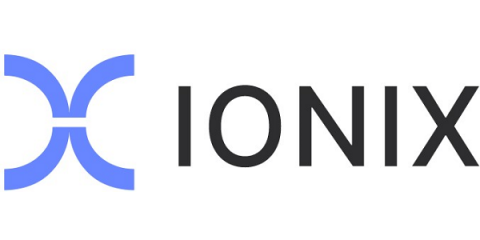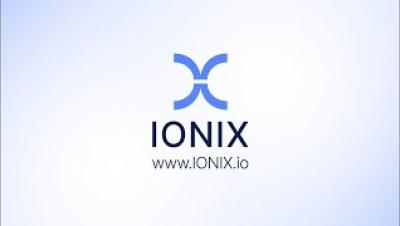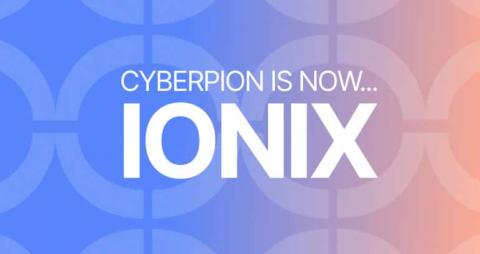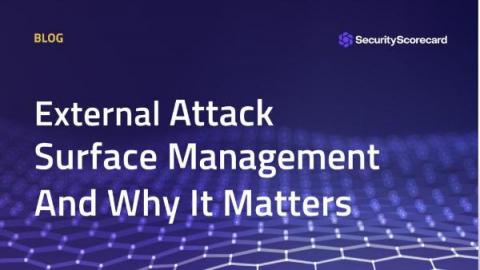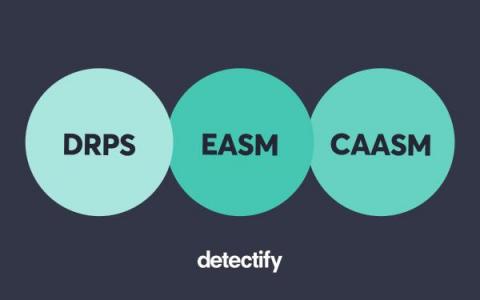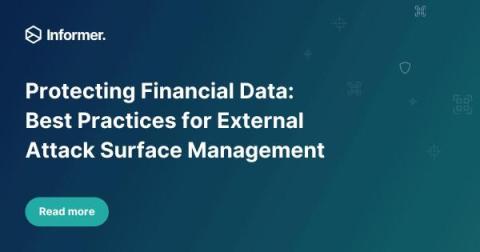Security | Threat Detection | Cyberattacks | DevSecOps | Compliance
ASM
Attack Surface Management Leader Cyberpion Rebrands as IONIX
Cyberpion is Now IONIX: Redefining Attack Surface Management with the Widest Coverage and Sharpest Focus
I’m thrilled to unveil our new identity: Cyberpion is now IONIX, a name that represents our radically different approach to protecting the modern attack surface and its digital supply chain. With IONIX, you’ll discover your organization’s real attack surface, including its sprawling network of asset dependencies – while separating the signal from the noise so your security team gains laser focus on your exploitable risks.
Why External Attack Surface Management Matters
Organizations face a growing number of external cyber threats that are becoming increasingly sophisticated and harder to detect. With the rise of remote work and cloud-based technologies, organizations’ attack surface has expanded significantly, making it difficult for security teams to maintain a strong defensive posture.
Resolving prioritization issues faced by modern AppSec teams with EASM
At Detectify, we proudly maintain an AppSec perspective when it comes to how we handle security. But what does this mean exactly? In short, we think a lot about how both AppSec teams and developers will experience our platform and products. We know that today’s developers are feeling the pressure to get new code out to production to meet the demands of the business. These business demands have increased the need for AppSec tooling to leverage automation whenever possible.
How does EASM differ from CAASM and DRPS?
Today’s organizations have a plethora of tools and technologies to protect their systems and assets. While this is certainly a privilege, it can sometimes be tough to keep up with the ever-expanding lists of acronyms and tools out there.


